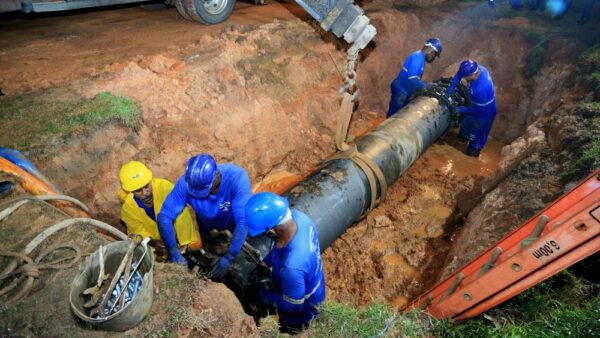Brazil’s railway system spreads across 30,000 kilometers (in 27 states), but the system is underused and almost exclusively focused on freight shipments. Of the network that exists today, only one-third is in regular operation, with the rest struggling from a lack of maintenance or profitability. Passenger transport, outside of urban metro areas, is near non-existent. But now, after some warning signs of the fragility of the country’s transport infrastructure, Brazil is turning its attention back to trains.
In May of 2018, truck drivers all over the country went on strike in protest of rising fuel prices. With 60 percent of all cargo shipments in Brazil being transported by trucks, the country came to a near standstill, as supermarket shelves laid empty in some major cities. It was in the aftermath of this industrial action—and with the looming threat of future stoppages—that the federal government has noticed the importance of boosting and improving the country’s national rail network.
In this process of revitalizing Brazil’s railways, 2020 may well turn out to be a decisive year. The federal government is planning a series of rail concessions including investments in new lines, the duplication and modernization of existing tracks, as well as the purchase of new trains and carriages.
Brazil railway network

Rail, what is it good for?
Currently, the most important contribution of Brazil’s railway system comes in the...


 Search
Search






































